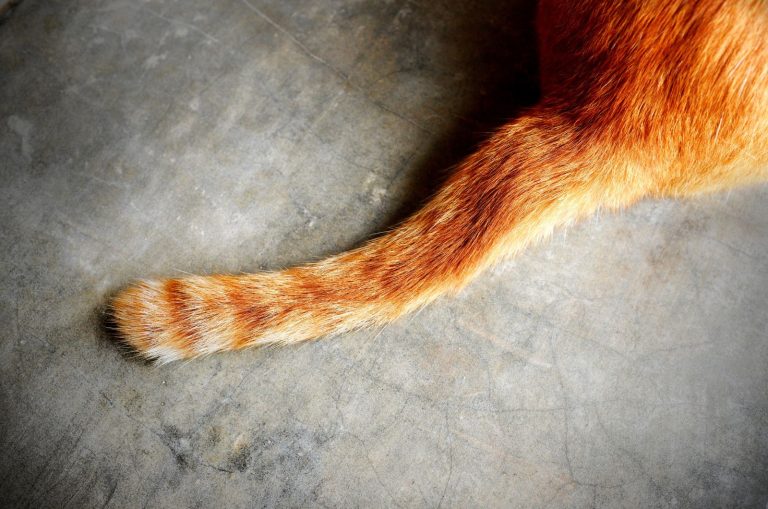Rare Fisher Reappears In Iowa After 150 Years Of Absence
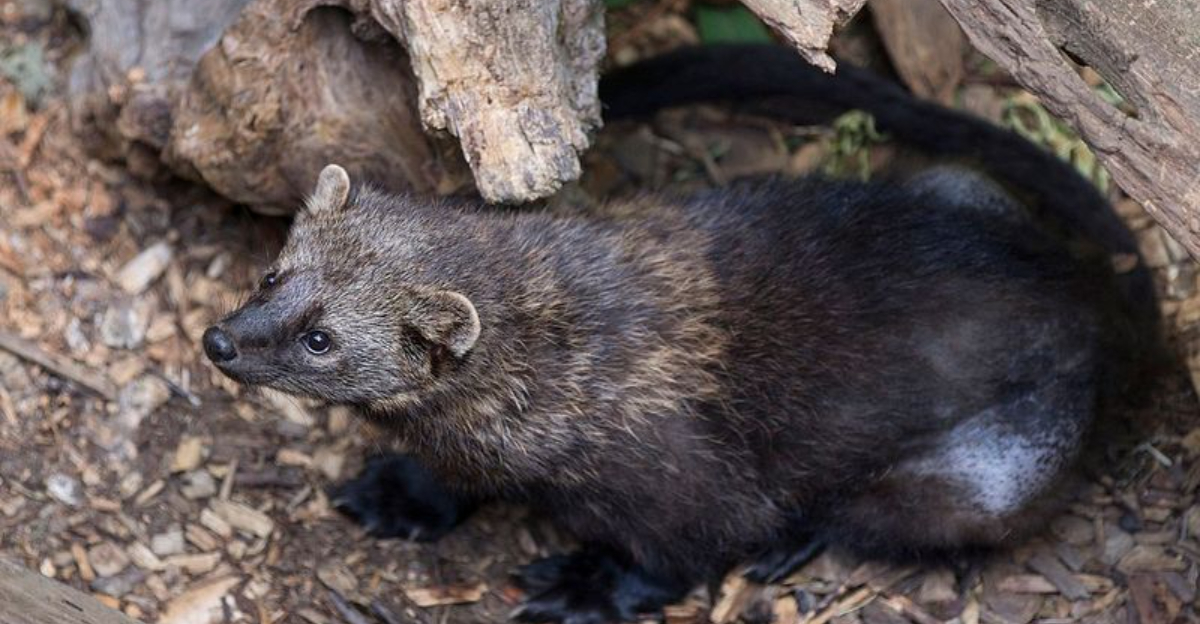
Wildlife enthusiasts across Iowa are buzzing with excitement after the confirmed sighting of a fisher in Allamakee County—the first documented appearance in over 150 years.
This elusive member of the weasel family, once thought permanently vanished from Iowa’s landscape, was captured on a trail camera in a wooded area near the Mississippi River.
The unexpected return of this native predator has scientists and conservationists wondering if this marks the beginning of a natural recolonization of the species in the state.
What Is A Fisher?
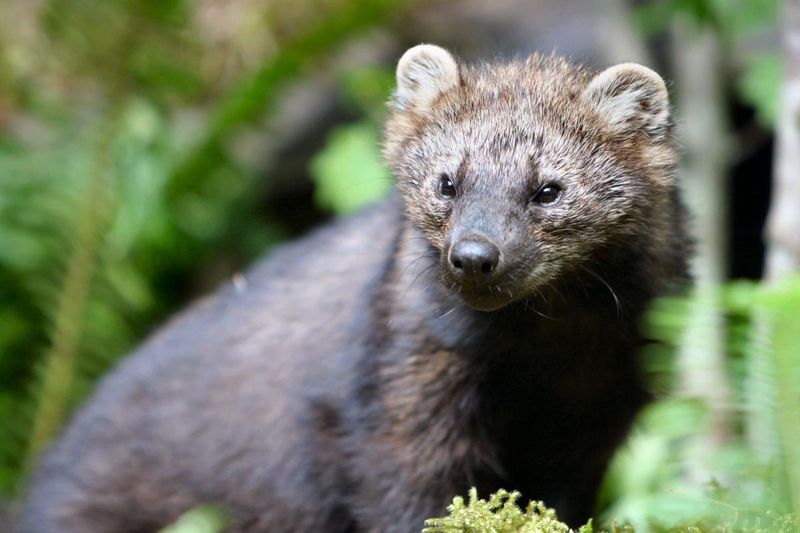
Fishers are medium-sized forest-dwelling mammals belonging to the weasel family, with males weighing up to 12 pounds and females about half that size. Despite their name, these carnivores rarely catch fish, instead preferring prey like rabbits, squirrels, and even porcupines.
Their long, slender bodies, short legs, and bushy tails make them agile tree climbers. Imagine a dark-colored house cat with a longer body and more luxurious fur—that’s roughly what a fisher resembles.
The Return Of The Fisher To Iowa
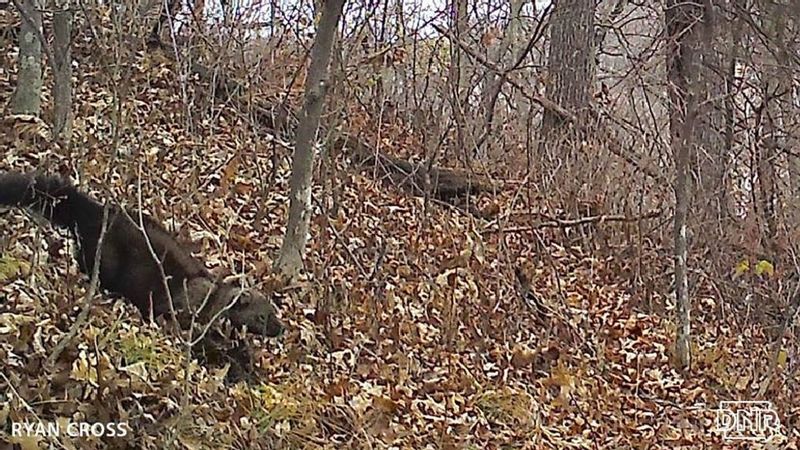
The fisher’s reappearance in Allamakee County marks a watershed moment in Iowa’s wildlife history. The last confirmed sighting dated back to the 1870s, making this return particularly remarkable after a century and a half of absence.
Early European settlement brought widespread deforestation and unregulated trapping that devastated fisher populations throughout the Midwest. Their sudden reappearance suggests either a natural migration from neighboring Wisconsin or Minnesota populations or possibly an undocumented remnant population that managed to survive undetected.
The Moment That Shocked Iowa
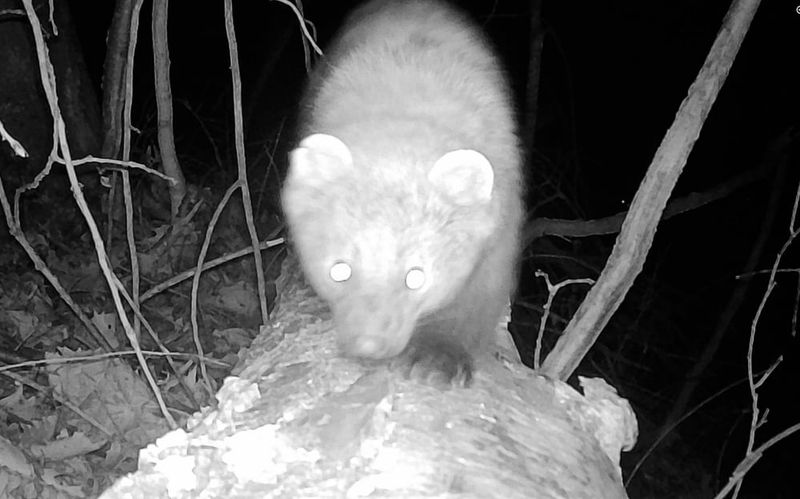
The breakthrough came when a local landowner’s trail camera captured unmistakable footage of a fisher moving through dense underbrush at dusk. The landowner initially thought he had photographed a mink or marten, but the distinctive size and markings left no doubt.
Iowa Department of Natural Resources (DNR) wildlife biologists were stunned. “We never expected to see a fisher in our lifetime in Iowa,” remarked senior biologist Emma Johnson. The nighttime footage shows the animal’s characteristic loping gait and bushy tail—telltale signs that thrilled experts.
Fishers In The Wild
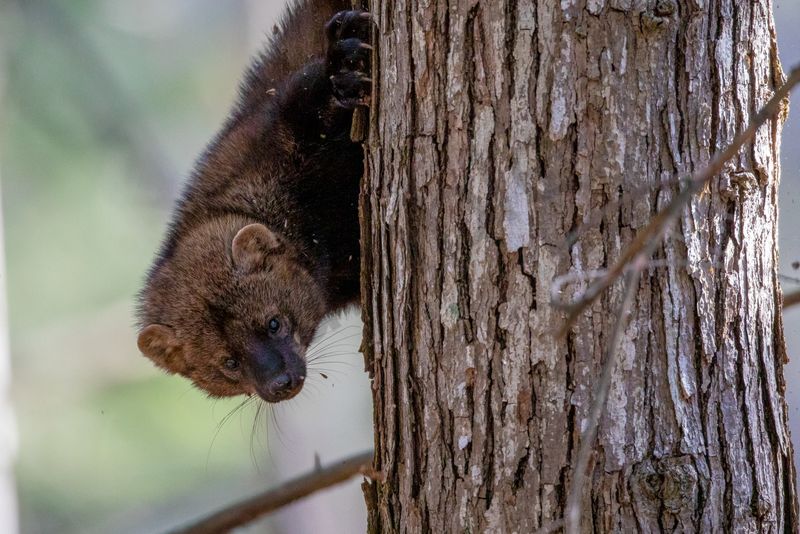
Masters of stealth, fishers are primarily nocturnal and crepuscular, making them rarely seen even in areas where they’re abundant. Their remarkable climbing abilities allow them to pursue prey up trees and even descend headfirst—a feat few mammals can accomplish.
Highly territorial, a single fisher may patrol a range of up to 30 square miles. Their secretive nature has earned them the nickname “ghost of the forest” among wildlife enthusiasts. Unlike many predators, fishers don’t hibernate and remain active even through harsh winter conditions.
The Fisher’s Previous Habitat In Iowa
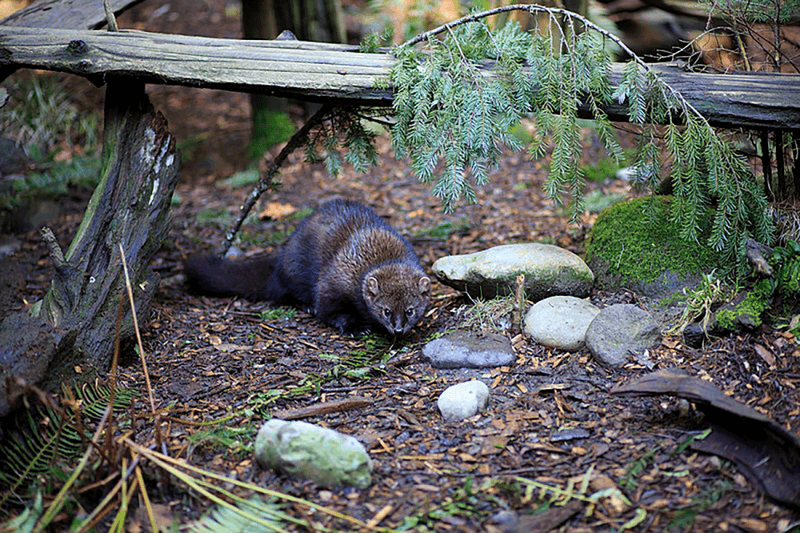
Before European settlement, fishers thrived in Iowa’s once-vast northern forests. Historical accounts from trappers and naturalists describe them as common throughout the state’s wooded regions, particularly along major river corridors.
The perfect storm of habitat destruction hit in the mid-1800s. Settlers cleared forests for agriculture while unregulated fur trapping decimated remaining populations. By 1870, the combination of deforestation (removing nearly 70% of Iowa’s original forest cover) and hunting pressure had eliminated fishers from the state entirely.
How Fishers Have Thrived In Neighboring States
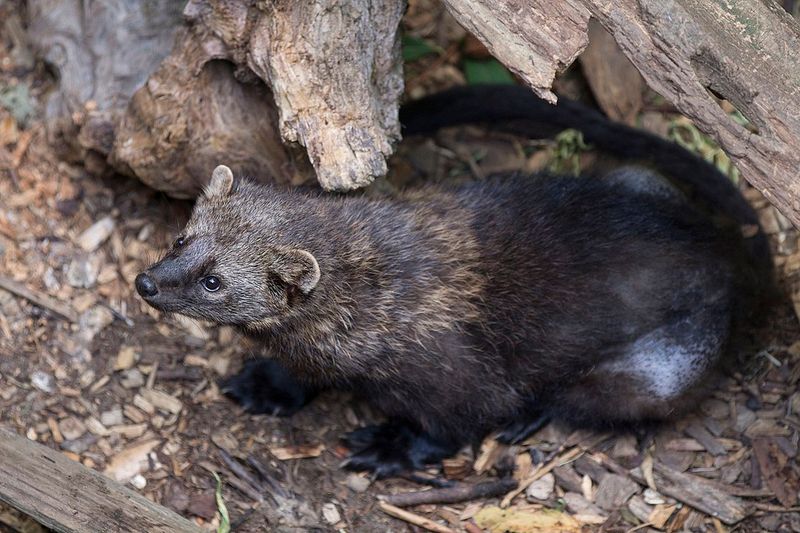
While fishers vanished from Iowa, populations in northern Minnesota and Wisconsin have rebounded impressively since the 1950s. Conservation efforts, including trapping regulations and forest management practices, helped these states maintain healthy fisher communities.
Wisconsin’s fisher population grew from near-extinction to over 8,000 animals today. Their success story demonstrates remarkable resilience when given adequate protection and habitat. Minnesota’s North Woods region now supports enough fishers that the state allows a carefully regulated trapping season—something unimaginable a century ago.
Why The Fisher’s Return Matters
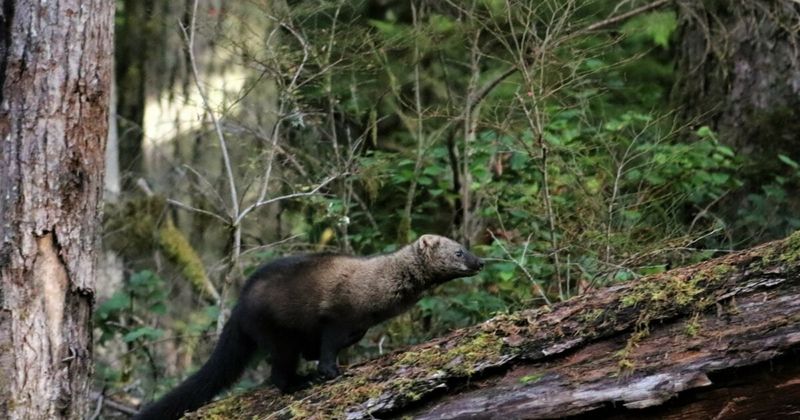
Fishers serve as nature’s population controllers, keeping small mammal numbers in check. Their return potentially restores a missing link in Iowa’s forest ecosystem that’s been absent for generations.
As one of few predators capable of hunting porcupines, fishers help prevent overbrowsing of young trees. Their presence indicates improving forest health and connectivity between habitat fragments. Ecologists call them an “umbrella species”—when fishers thrive, it suggests the entire ecosystem supporting them is functioning properly.
The Fisher’s Impact On Iowa Communities
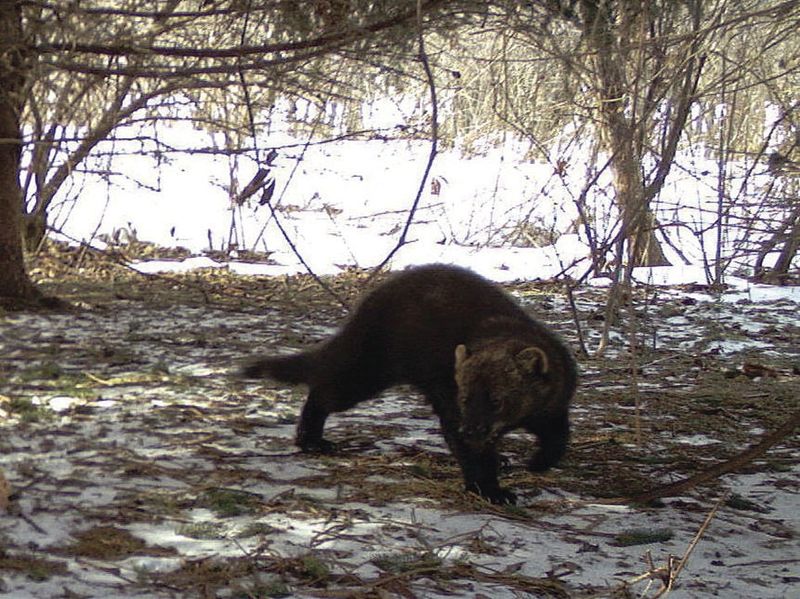
The fisher’s return has sparked curiosity and excitement across Iowa’s conservation community. “This is better than winning the lottery,” exclaimed Mark Peterson, the landowner who captured the historic footage. “I’ve been putting up trail cameras for 15 years and never imagined catching something this rare.”
Not everyone shares the enthusiasm, however. Some rural residents worry about potential impacts on game birds and small pets. The Iowa DNR has launched an educational campaign to address concerns while celebrating this conservation milestone that many thought impossible.
Will It Stay In Iowa?
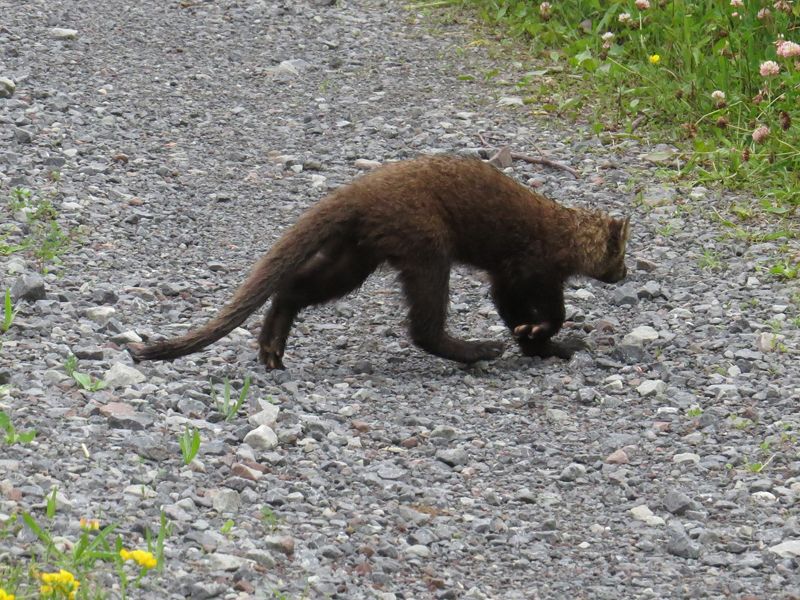
The lone fisher sighting raises questions about whether this represents a pioneering individual or the beginning of recolonization. Suitable habitat remains limited—Iowa has regained only about 10% of its original forest cover since the low point in the early 1900s.
Road mortality poses another serious threat. Fishers exploring new territory often cross highways, leading to fatal collisions. Climate change introduces additional uncertainty, potentially shifting the range of prey species fishers depend on. Experts remain cautiously optimistic but acknowledge the significant hurdles ahead.
Protecting The Fisher And Its Habitat
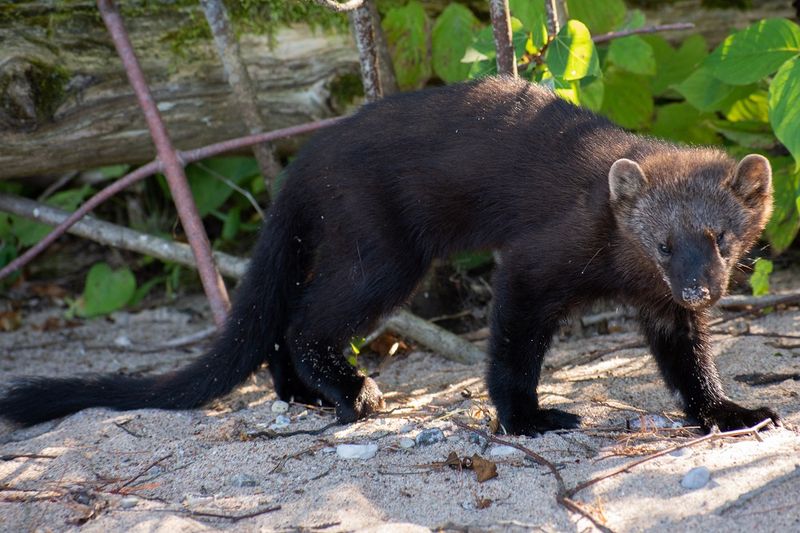
Following the sighting, Iowa’s DNR implemented immediate protective measures. Fishers now hold protected status in the state, with hefty fines for harming them. Conservation groups are mapping potential migration corridors to identify critical areas needing preservation.
Private landowners in northeastern Iowa are being offered incentives to maintain wooded areas that could support fishers. “We’re launching a volunteer monitoring network using trail cameras,” explained DNR’s wildlife diversity coordinator. This citizen-science approach will help track fisher movements while engaging the public in conservation.
The Science Behind Tracking Iowa’s New Visitor
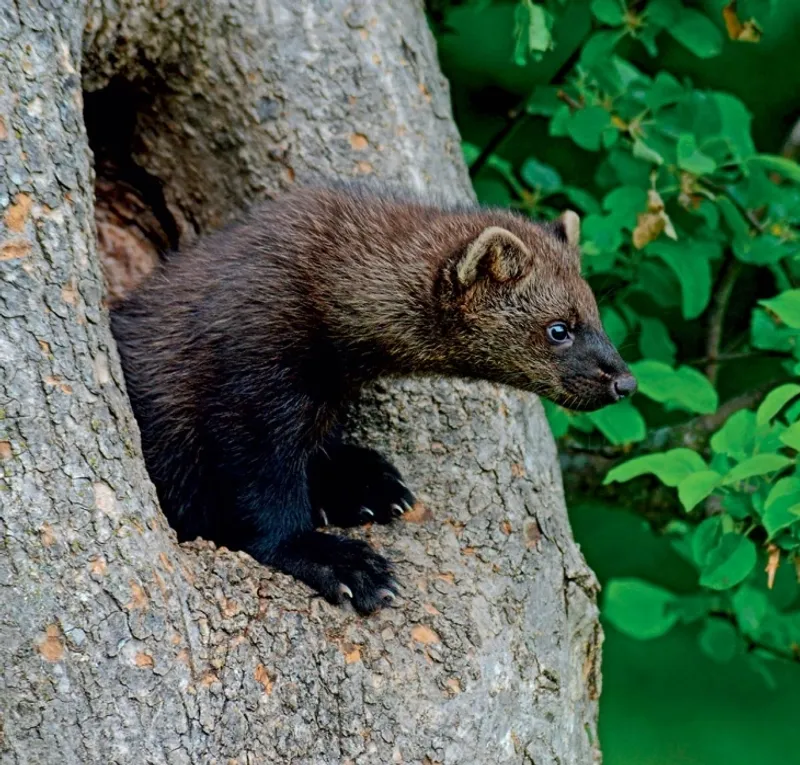
Genetic analysis of scat or hair samples could reveal the fisher’s origin population. Scientists are eager to determine if this animal migrated from Wisconsin’s Driftless Area just across the Mississippi River or traveled from further north in Minnesota.
Modern tracking methods like environmental DNA sampling of water bodies and soil could detect fisher presence even without visual confirmation. Researchers from Iowa State University have initiated a comprehensive monitoring program using these cutting-edge techniques.
If breeding populations establish, genetic diversity will be crucial for long-term survival—something scientists are carefully evaluating.
What The Future Holds
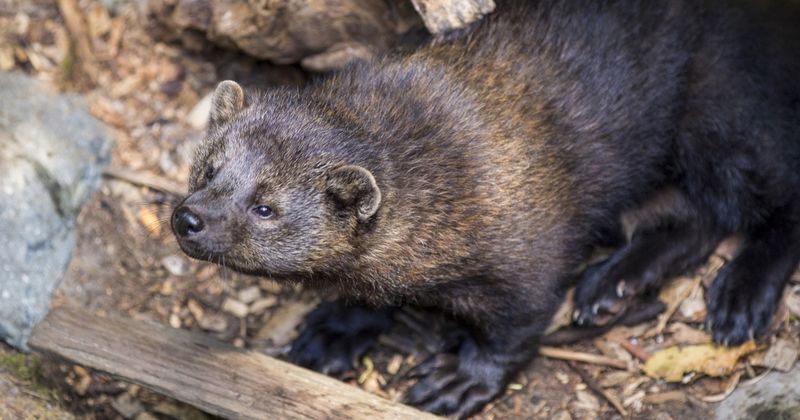
The fisher’s return symbolizes a broader wildlife comeback story unfolding across the Midwest. Beavers, river otters, and bobcats have already successfully recolonized Iowa after previous absences, suggesting ecological restoration is possible when conditions improve.
Climate models predict shifting habitat zones that could either help or hinder fisher populations. Forest regrowth in parts of rural Iowa abandoned by farming may create new opportunities for woodland species.
Wildlife officials hope this moment represents not an anomaly but the beginning of a permanent return.


